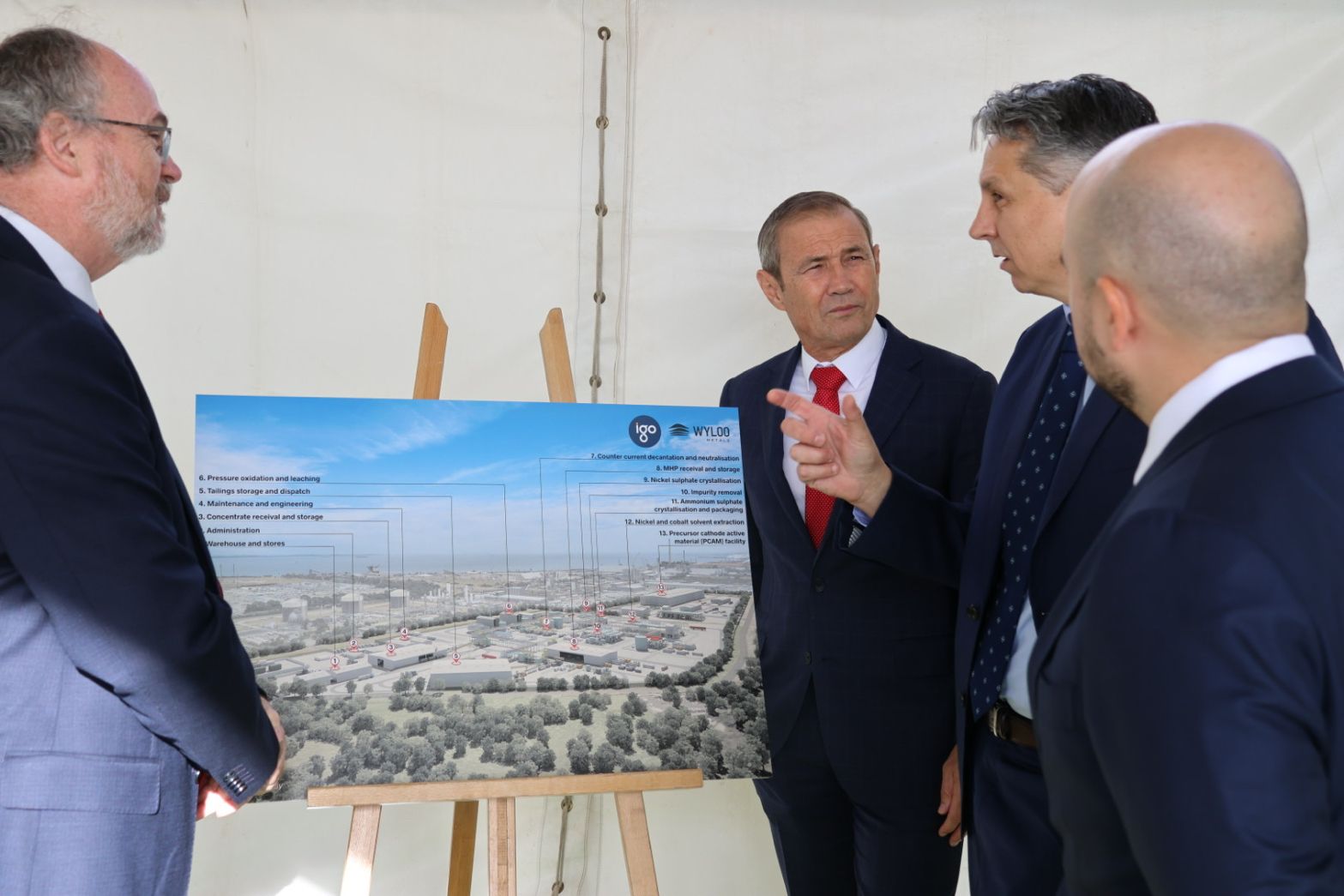
Western Australia is another step closer to being the home of Australia's first commercially produced precursor cathode active material (PCAM).
The State Government’s Industrial Lands Panel has today approved IGO Limited's application for land in the Kwinana-Rockingham Strategic Industrial Area (SIA).
About 30 hectares have been allocated to IGO and its partners for an integrated battery material facility that will produce high-value nickel dominant PCAM.
PCAM is a form of advanced chemical manufacturing and is a key material used in lithium-ion batteries, which power cleans technologies such as electric vehicles.
The project has an estimated Capital Expenditure of between $600 million and $1 billion, and aims for the integrated battery material facility to become the first to commercially produce PCAM in Australia.
The Kwinana-Rockingham SIA is one of three SIAs in WA to which the State Government is allocating land for green energy projects to further strengthen and diversify the State’s economy and create local jobs for the future.
The 2023-24 State Budget will include a $35 million top-up of the Industrial Land Development Fund, taking this fund to $135 million.
WA holds the majority of Australia's critical minerals resources, and is leading the country in large-scale investments in value-added processing, including billions of dollars’ worth of investment in lithium hydroxide and nickel sulphate refineries.
The State Government is committed to harnessing the competitive advantages provided by an established mining and mineral processing industry to further support value-add opportunities for our battery and critical minerals that will help deliver a smarter, more sustainable and diversified economy for Western Australians.
Using next generation technology, the project partners plan to build a globally competitive integrated facility with strong environmental, social and governance (ESG) and sustainability credentials.
IGO and Wyloo are committed to a carbon neutral project with a focus on ethical and sustainable creation of product. Their proposal also emphasised the project's potential future contribution to renewable energy industries.
The project will have an expected peak construction workforce of up to 1,200 people and approximately 250 once in operation.


